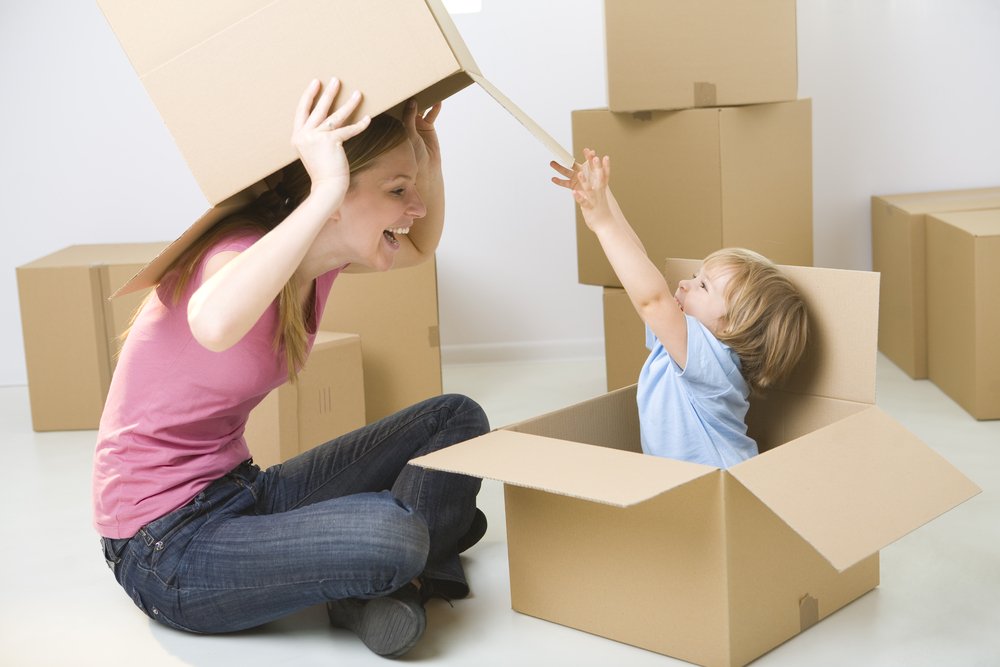Key points:
1. Open-ended toys, like cardboard boxes, offer endless possibilities for imaginative play.
2. Children use their senses and motor skills to explore and manipulate simple objects.
3. Open-ended play supports cognitive, motor, and social-emotional development.
4. These toys encourage symbolic play, where objects become anything a child imagines.
“Helping children thrive doesn’t mean providing the best toys or the most expensive gadgets. Quite the opposite; learning happens when children create their own play worlds [through open-ended toys]” –Emily Deruy
What are open-ended toys?
Ever wonder why your child prefers a cardboard box over the flashy toy found inside?
Flashy and fancy toys, albeit very attractive, don’t offer the endless possibilities that the box offers, which turns out to be an open-ended toy. Your child likes to use all their senses during play. With the box, they can use their developing motor and cognitive skills to grab, toss, and put things inside! And if it’s big enough, your child might even explore its interior.
Cardboard boxes and other simple objects allow your child to play freely. This, in turn, helps them continue to develop cognitive, motor, and even social and emotional skills. Then, as your little one continues to grow, they will be able to engage in symbolic play, where these same simple objects not only allow for manipulation, but they can become a house, a fort, a spaceship –you name it, anything is possible!
How does play develop?
According to the psychologist Jean Piaget, children ages 0-24 months belong to the sensorimotor stage of development, a stage characterized by the exploration of the environment.
- Newborns begin exploring objects with their developing vision. Then, as they grow, they continue learning about objects by grabbing them and placing them in their mouth.
- By 3-6 months of age, little ones can transfer objects from one hand to the other.
- At around 6-9 months, they can manipulate objects by shaking, banging, and even throwing them to the floor, thus learning about cause and effect.
- By 9-12 months, fine motor skills begin to refine and they start practicing using the pincer grasp.
- From 12-18 months of age toddlers manipulate objects, mold clay, or even stack objects.
- Then, at around 18-24 months of age, they begin to engage in symbolic play, using objects in representation of other objects.
Cardboard boxes offer your little scientist the opportunity to practice many of the above milestones, including object permanence, manipulation, and even pretend play. This is the reason why your little one prefers the box and noisy wrapping paper to the fancy toy inside. Now, this doesn’t mean that you should stop buying toys for them. There are lots of simple open-ended toys that offer your child hours of fun while promoting the acquisition of developmental milestones.
When choosing open-ended toys for your kiddo, ask yourself the following questions:
- Will this toy offer open-ended play possibilities? Choose toys such as stacking blocks, interlocking blocks, or nesting cups/cubes.
- Will the toy allow my child to practice new skills and solve problems? Choose puzzles with big pieces, sorters, paint, clay.
- Will the toy be relevant at different stages of my little one’s development? Choose plastic figures, stuffed toys, dollhouses, or toy vehicles.
- Will the toy teach life skills? Choose plastic plates and knives, toy phones, child-size cleaning supplies, age-appropriate musical instruments.
- Will the toy stimulate my toddler’s imagination? Choose dress-up clothes, recycled fabrics, or even make use of the famous cardboard box.








